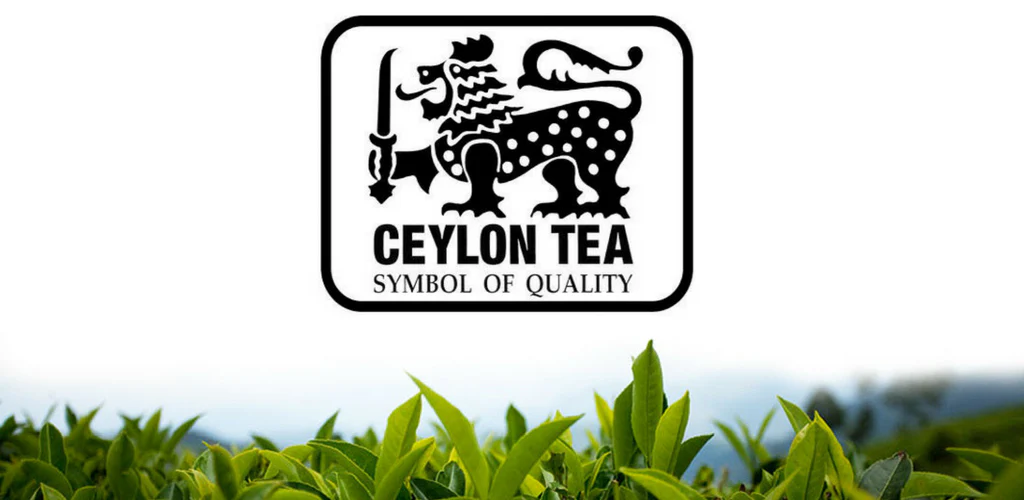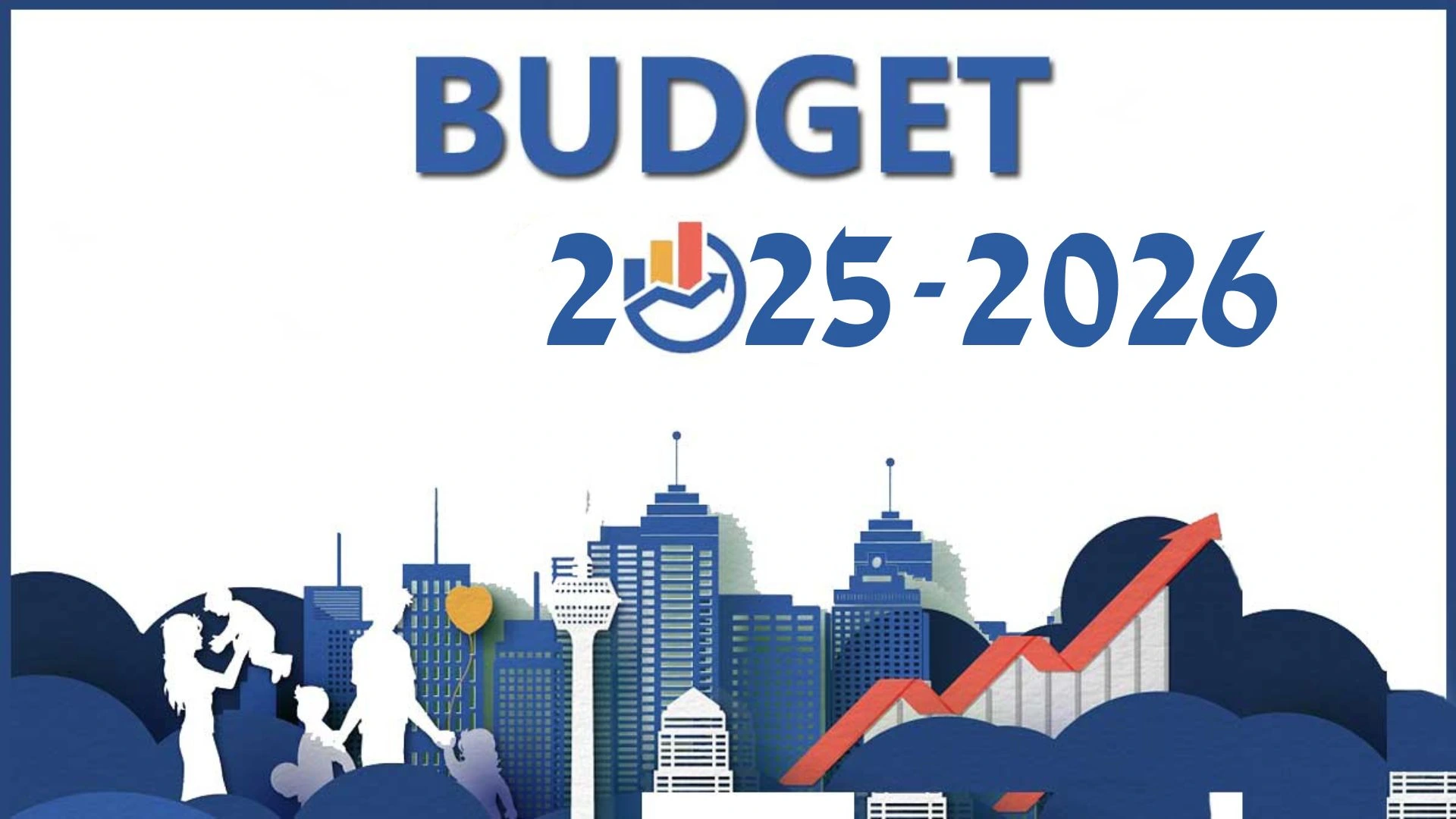As the U.S. heads into a potential second Trump presidency, global markets are once again bracing for a return to aggressive tariff policies that defined much of Trump’s first term(Trumps Tariffs). With Donald Trump strongly signaling that he will impose new tariffs on imports—particularly targeting Chinese goods—the global trade community is on high alert. While some industries may benefit from protectionist policies, the ripple effects across supply chains, emerging economies, and global prices could be profound.
What Are Tariffs and Why Are They Back in Focus?
Tariffs are taxes imposed on imported goods. The idea behind them is to make foreign products more expensive, thereby encouraging consumers to buy domestically-produced alternatives. Trump used tariffs extensively during his first term, especially in the U.S.-China trade war from 2018 to 2020. He’s now proposing a universal baseline tariff of 10% on all imports, with higher rates for countries like China.
With inflation concerns, geopolitical instability, and reshaped supply chains post-COVID, this renewed tariff policy is not just a U.S. issue—it’s a global concern.
Implications for Global Trade

- Trade Tensions Will Escalate
If Trump reimposes or expands tariffs, major trading partners—particularly China, Mexico, and the European Union—are likely to retaliate. This can lead to a trade war scenario where countries erect trade barriers, penalize imports, and reduce international cooperation. For countries that rely heavily on exports, such as Germany, China, South Korea, and Vietnam, the impact could be immediate.
- Disruption in Global Supply Chains
Today’s products are rarely made in a single country. A smartphone may include components from Japan, software from the U.S., and be assembled in China. Tariffs could increase the cost of such goods at each stage of production. Multinational corporations may be forced to re-evaluate their supply chains—either shifting operations to tariff-free zones or reshoring manufacturing, which could increase costs.
- Impact on Emerging Markets like Sri Lanka
Countries like Sri Lanka that supply raw materials or intermediate goods could face indirect consequences. For example, if Chinese factories reduce output due to U.S. tariffs, Sri Lankan exports of textiles or tea packaging materials to China could decline. Additionally, reduced global demand could affect Sri Lanka’s key sectors such as garments, rubber-based products, and even BPO services.
On the other hand, countries that are not directly targeted by the tariffs might position themselves as alternative sourcing hubs. Sri Lanka has a chance to benefit if it strengthens trade ties with the U.S. and positions itself as a neutral player in the China-U.S. power game.
- Inflation Pressures Globally
Tariffs almost always increase costs for businesses and consumers. If a product made in China becomes more expensive due to U.S. import taxes, the price gets passed to the American consumer. This can trigger inflation—not just in the U.S., but across global markets, especially in countries that depend on U.S. demand.
For developing nations, this could mean higher prices for imported machinery, electronics, or essential commodities, tightening margins for local businesses.
Winners and Losers
Winners:
U.S. Domestic Manufacturers: Short-term boosts from reduced foreign competition.
Tariff-free economies: Countries with bilateral or regional trade deals with the U.S. might benefit.
Freight and logistics companies: Reshuffling of trade routes and sourcing could lead to increased demand.
Losers:
Consumers: Both in the U.S. and globally, who will pay more for goods.
Export-dependent economies: Especially those connected to Chinese supply chains.
Tech sector: Tariffs on semiconductors, software, and electronics could stifle innovation.
A Political Tool More Than an Economic One?

Many economists argue that tariffs rarely achieve their intended goals long-term. They often provoke retaliation, distort markets, and hurt more than they help(Trumps Tariffs). However, Trump’s base sees tariffs as a sign of strength—a way to bring back American jobs and reduce dependence on foreign economies. Whether or not tariffs are effective economically, they serve a clear political function.
Sri Lanka’s Strategic Opportunity
For Sri Lankan policymakers and exporters, this is a moment to watch closely. With global supply chains shifting, Sri Lanka could position itself as a low-cost, geopolitically neutral export hub. There’s potential to renegotiate trade agreements, improve port logistics (like the Colombo Port), and invest in sectors that might benefit from the trade realignment(Trumps Tariffs).
Sri Lankan businesses should also look at diversifying export markets, reducing reliance on any one country, and exploring new trade partners in the Middle East, Africa, and ASEAN regions.

Conclusion – Trumps Tariffs
Trump’s proposed tariffs have the potential to reshape the global trading landscape once again. While some industries and countries might benefit from new opportunities, most of the world—including small economies like Sri Lanka—will need to be agile and strategic in response (Trumps Tariffs). Preparing now could mean the difference between crisis and opportunity in a newly protectionist world.
Suggested SEO Keywords for LankaBizNews:
Trump tariffs 2025
Global trade impact
US-China trade war
Sri Lanka export market
Tariff implications Sri Lanka
Trump trade policy
Global supply chains
Sri Lanka business news
US import tax
Emerging markets and tariffs
Trade war consequences
Colombo Port trade





